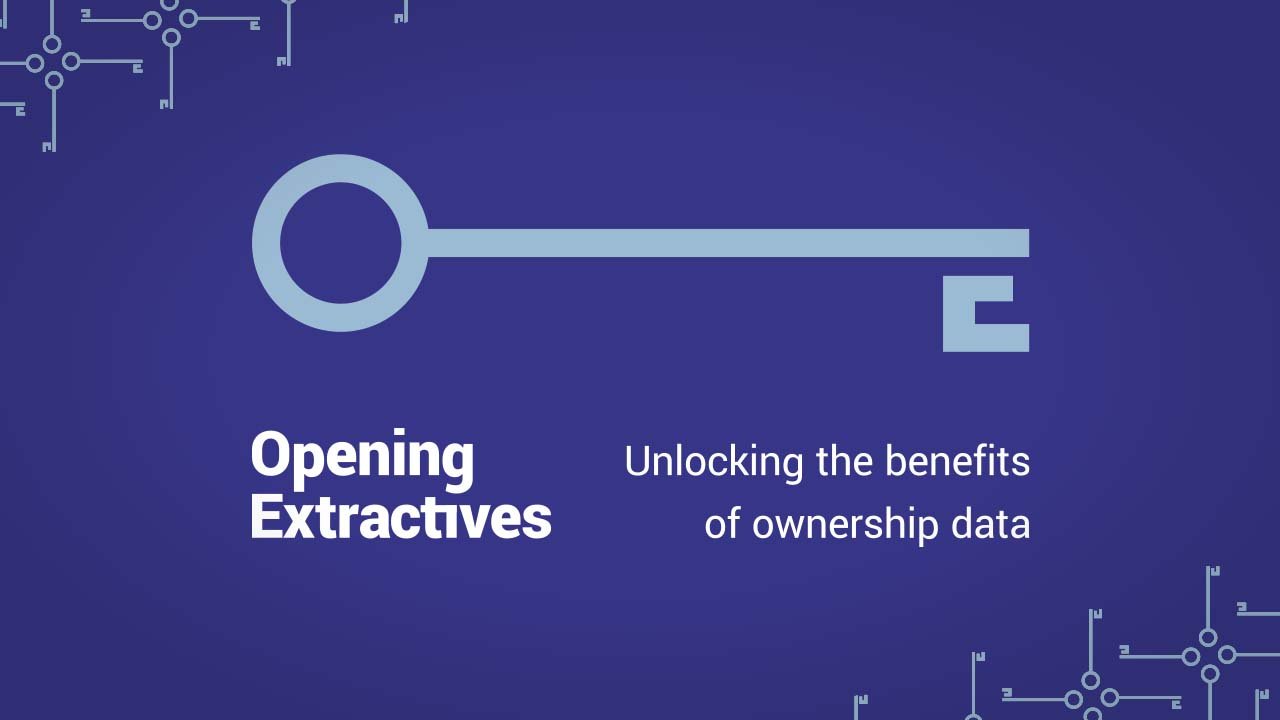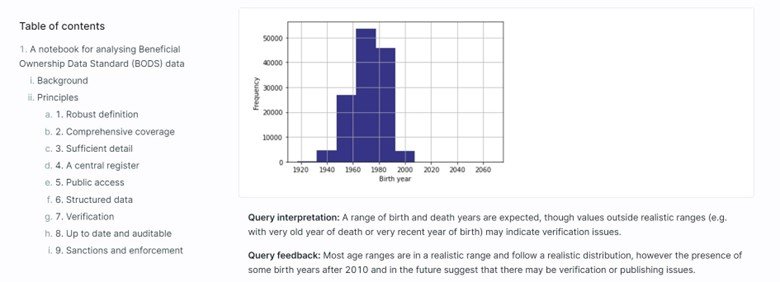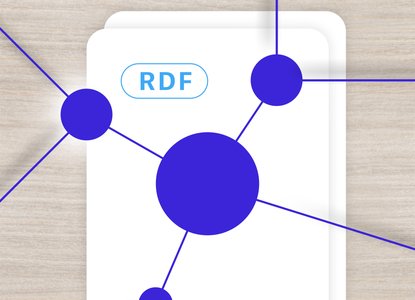Delve into beneficial ownership data using our new analysis notebook

Understanding and gaining insights from data about who owns and controls companies has now been made easier, thanks to the creation of Open Ownership’s first data analysis notebook.
The technical expertise of our team means we can now release this free tool to help any user of beneficial ownership data get answers in seconds to questions relating to the detail, coverage, and timeliness of their data. The tool also enables users to present these findings in an accessible report.
You can view a sample report on Latvian data with findings and visualisations
Because beneficial ownership data can be more easily used and analysed when it is available in a structured format, Open Ownership and Open Data Services created the Beneficial Ownership Data Standard (BODS) as a free and open guide to collecting, exchanging, and publishing high-quality, structured beneficial ownership information. The notebook is an example of the type of analysis made possible by BODS, as data can easily be converted into a range of usable formats for further examination.
But this is only the start. Open Ownership will work with data users, publishers, and implementers to understand the answers they seek from beneficial ownership data, and show how tools like this data analysis notebook can help.
OO hopes that the launch of this versatile and expansive tool will build the case for more countries to publish data in line with BODS. OO has started by analysing Latvia’s national data, and will soon inspect datasets from the UK, Denmark and Slovakia. These examples will show how producing structured beneficial ownership data helps realise wider policy goals of fighting illicit financial flows, corruption, and tax evasion.
Watch the video for a brief introduction to the data analysis notebook
Learn more
In data analysis, a notebook is a document that contains runnable code, visualisations, and narrative text, usable by both technical and non-technical users.
From plotting the complexity of beneficial ownership chains to finding out the most common nationalities or ages of beneficial owners, the data analysis notebook will provide valuable insights. For example, publishers can see whether their data is being collected in line with local legislation, and analysts can quickly understand and identify potential data collection issues.

Query to show age of beneficial owners
Open Ownership has also created the code for dozens more analyses using the Python programming language. Technical users can explore this on Github, create their own notebooks using Deepnote or Google Colab, and point them at any BODS dataset to run the same analysis. Open Ownership will be releasing future notebooks for non-technical users in the future.
How it fits with our wider work
The data analysis notebook is structured according to the Open Ownership Principles for Effective Beneficial Ownership Disclosure. All the questions and answers help the user understand whether the dataset being examined follows international best practice in line with the Open Ownership Principles and BODS.
This work is part of the Opening Extractives programme, a joint programme between the Extractives Industries Transparency Initiative and Open Ownership. Opening Extractives aims to transform the availability and use of beneficial ownership data for effective governance in the extractive sector.
Get in touch
- If you are a programmer or implementer and would like to learn more, please explore the code on Github, and email us for access to the comprehensive notebook via [email protected].
- To share feedback about these tools, please raise an issue on Github.
Related articles and publications
Publication type
Blog post
Topics
Opening Extractives,
Beneficial Ownership Data Standard
Sections
Implementation,
Technology
Open Ownership Principles
Structured data


